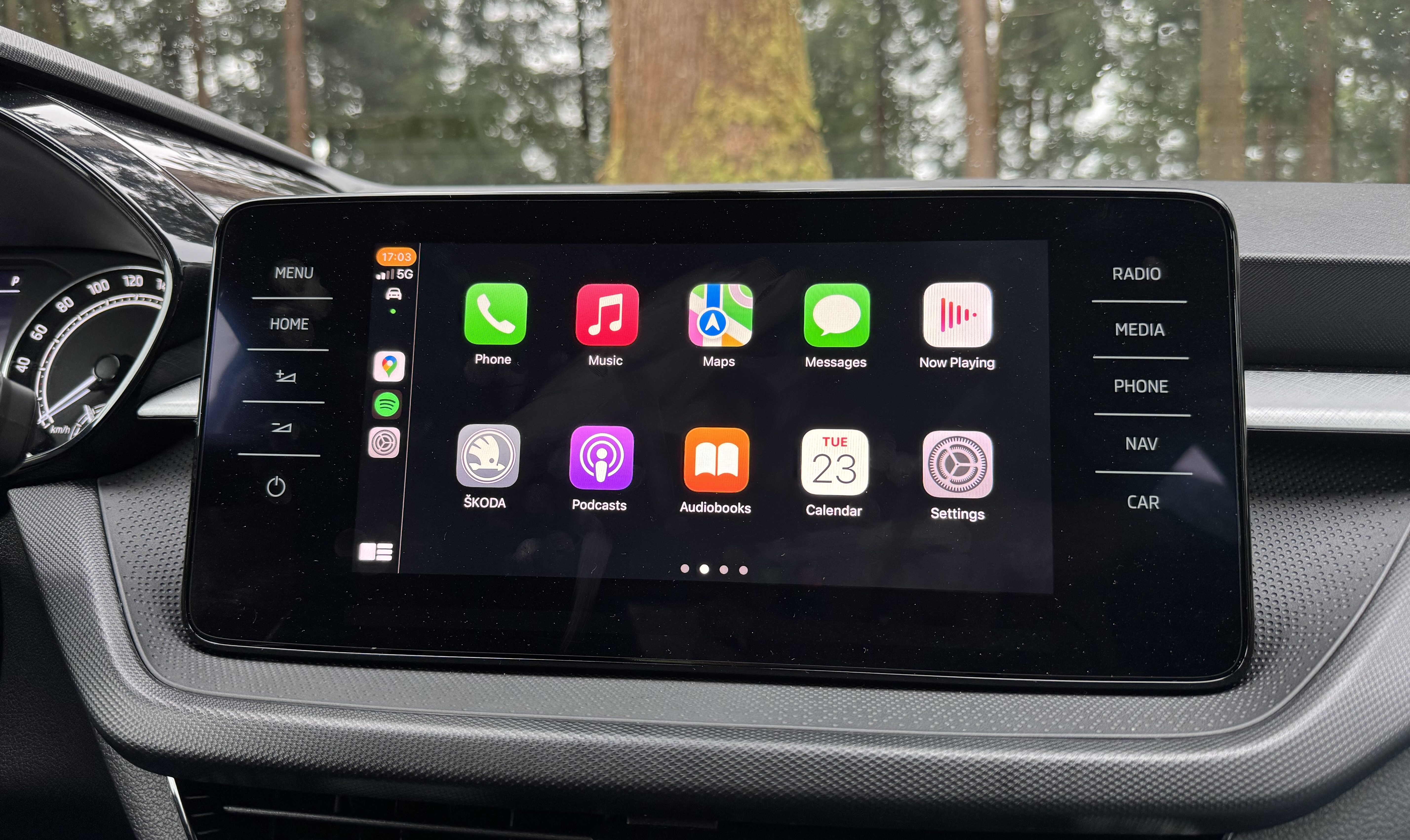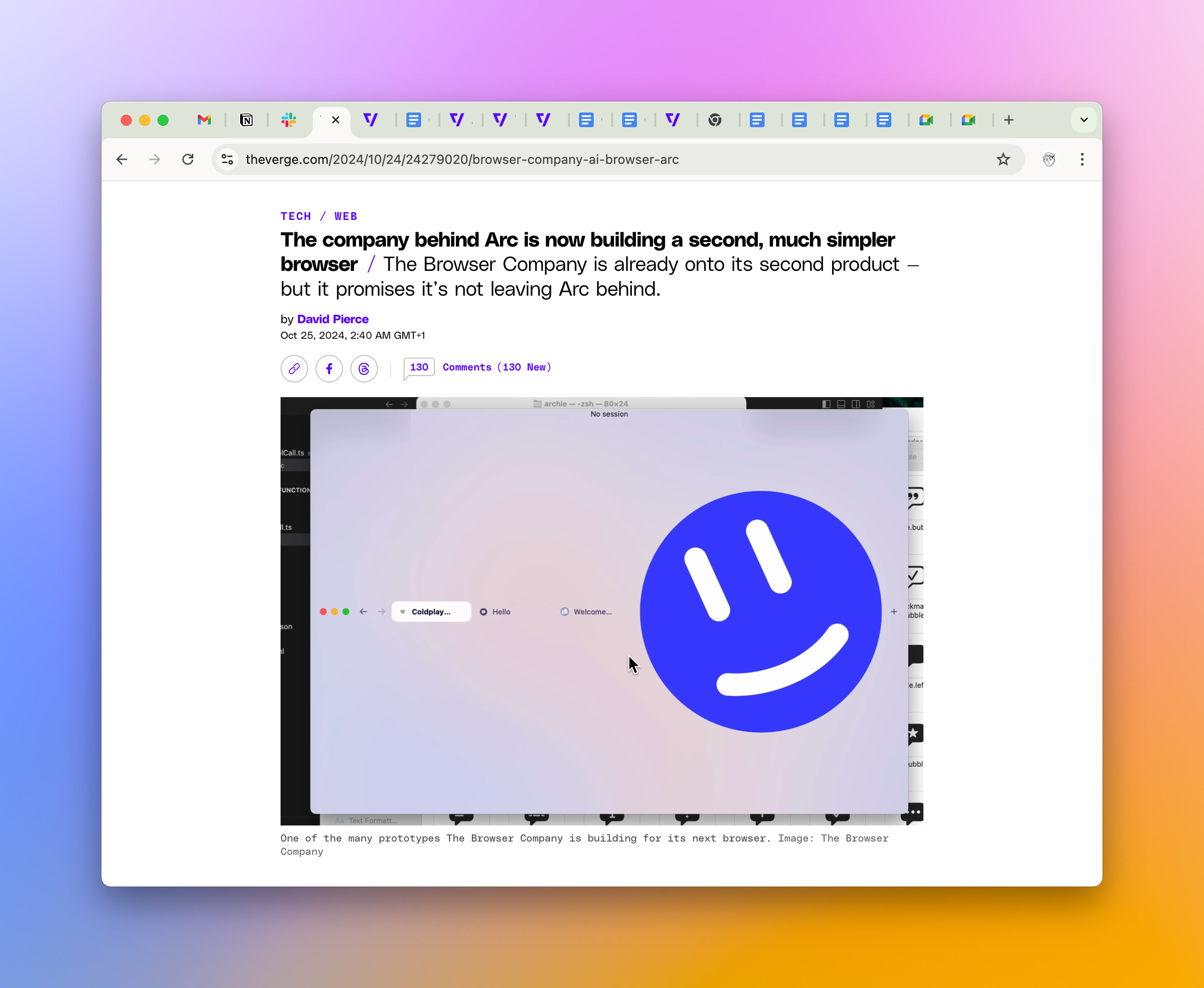Sorry, But Google Meet Is Better Than Zoom
It seems that we’re finally getting out of this weird period of collective gaslighting where people tried to convince everyone Zoom was the best conference app out there.
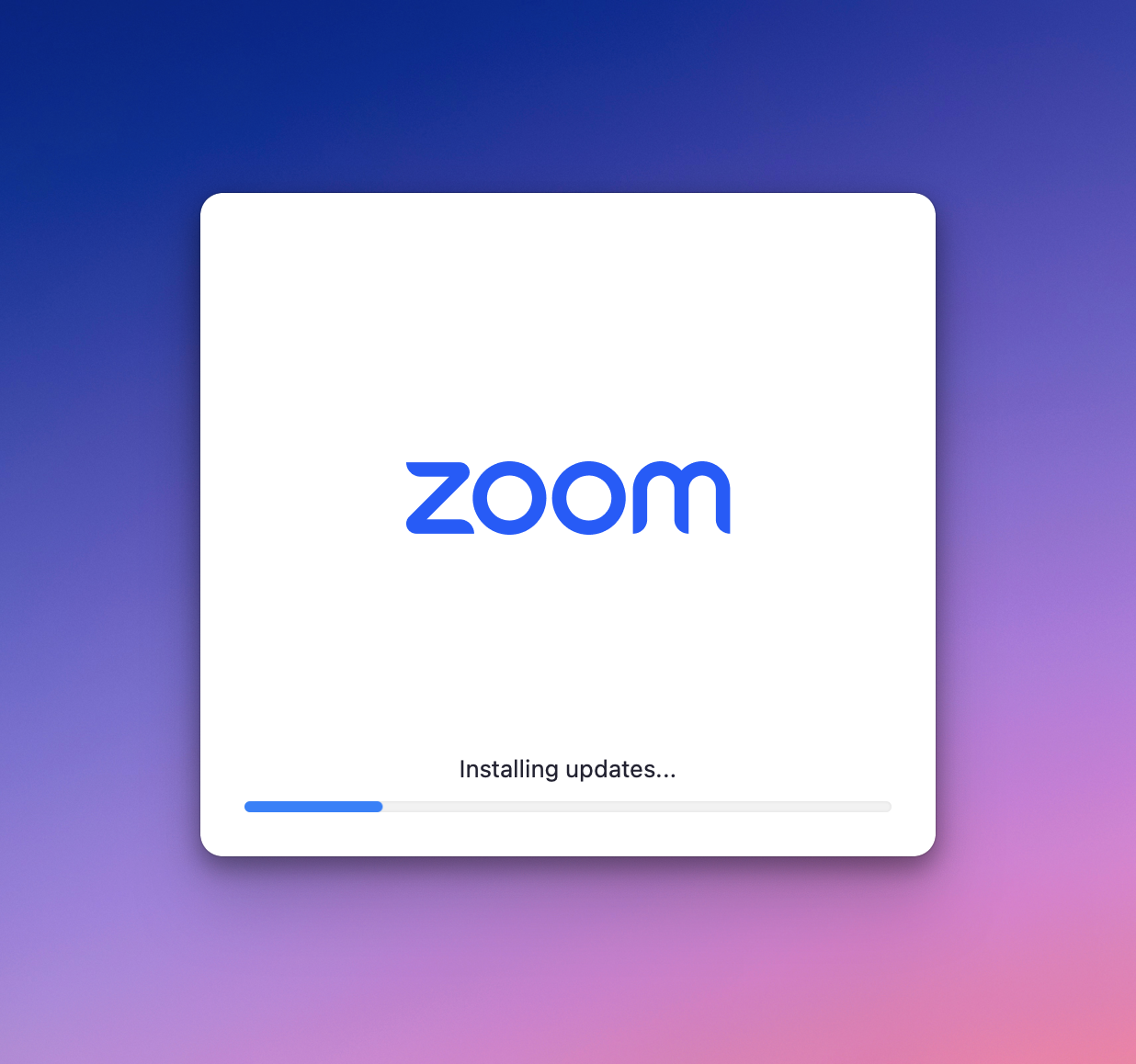
It seems that we’re finally getting out of this weird period of collective gaslighting where people tried to convince everyone Zoom was the best conference app out there.
I prefer Google Meet. It’s just better. I understand it was terrible pre-COVID as if Googlers never used it themselves. But they’ve caught up in a major way since then. Now it’s a very competent web app that gets out of your way and lets you talk to people. You open the link, and you’re right in the call. Meet doesn’t ask you to update anything.
Look, I’ve been working remotely since 2014. We used to have calls with the US, and most of the time, people would suggest calling their cell (despite the terrible voice quality). Then I started noticing Uber Conference and GoToMeeting, which were a bit clunky but at least used VoIP to provide clear voices.
When Zoom appeared, it made things simpler, in large part by simply becoming a common standard first for the tech industry and then for everyone else. As long as you had the app installed, you could quickly join the call, and most importantly, it was reasonable to expect your invitees wouldn’t freak out because of this link.
But Zoom was never great. It still has a very clunky and ugly interface for scheduling and calls. Try quickly figuring out how to share the invite link when you’re already on the call. And the best option to schedule a call was using Zoom add-ons in Google Calendar or another app. Try doing it from the web or in the app, it’s like a flight control system.
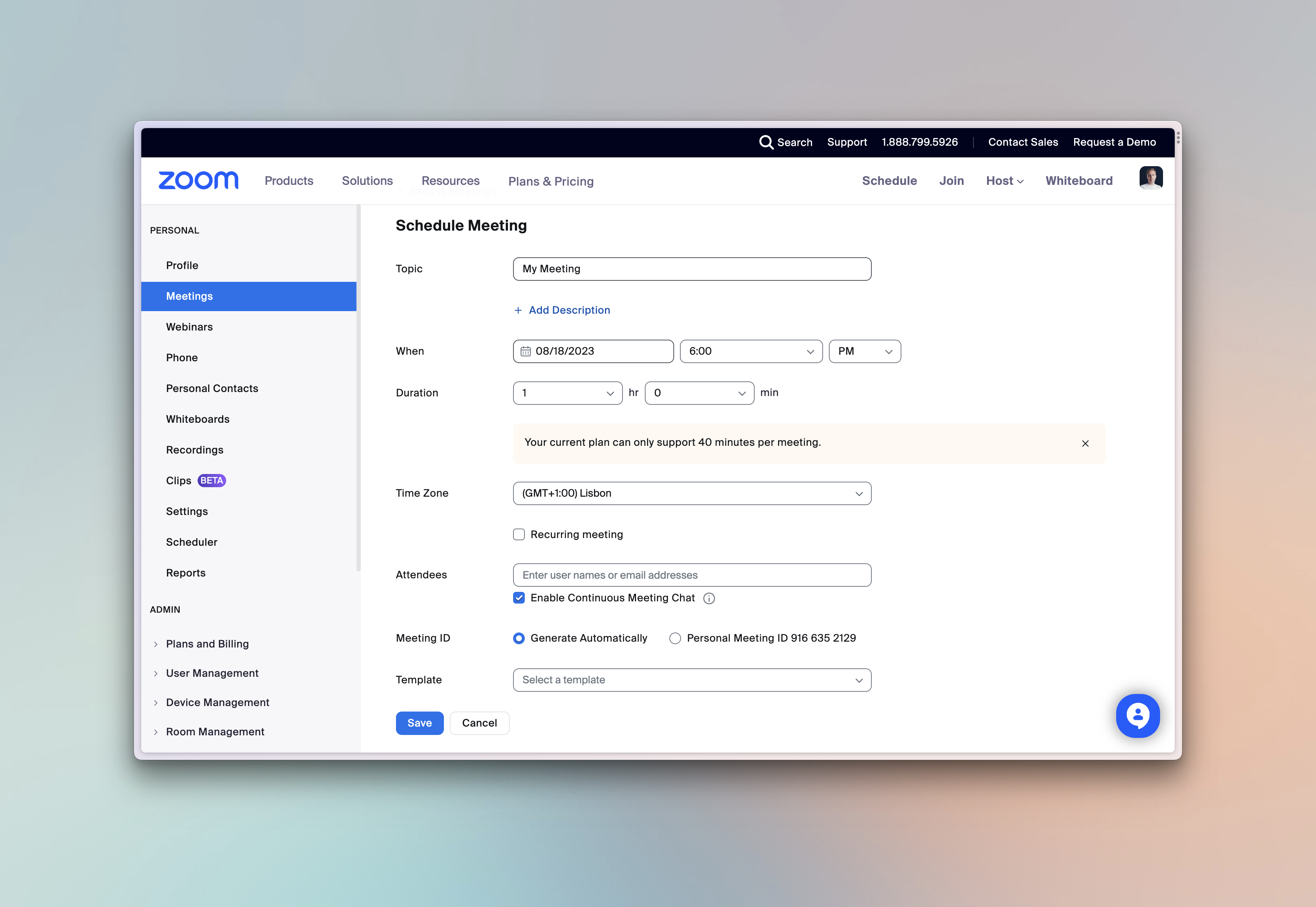
The worst part about Zoom is its nature as a native app. I have no idea who decided it’d be a good idea to check for updates when you open it 30 seconds before the meeting and then block you from joining the call until it’s done. Zoom does have a web app, but it doesn’t want you to use it and hides the very possibility (most people don’t even know it exists). Why does a simple app need blocking updates so often? Oh wait, it’s no longer as simple as it was.
Zoom is worth $20Bn now and was over $160Bn at its peak. Between its annoying install prompts, forgetting you’re logged in, and the add-ons nobody asked for, there’s a simple truth that Zoom’s functionality is a commodity. If you run a company, you already pay for Google Workspace or Microsoft 365, which provide your employees with email, calendars, and video calls. So Zoom is desperately trying to justify its valuation and its entire existence by introducing things you don’t really need from it. I had to get Zoom Premium a few days ago, and it was almost $15 per user. That’s a lot of money for basic functionality you can find practically everywhere. And I’m not talking about their advanced features for webinars and such, most users don’t need this.
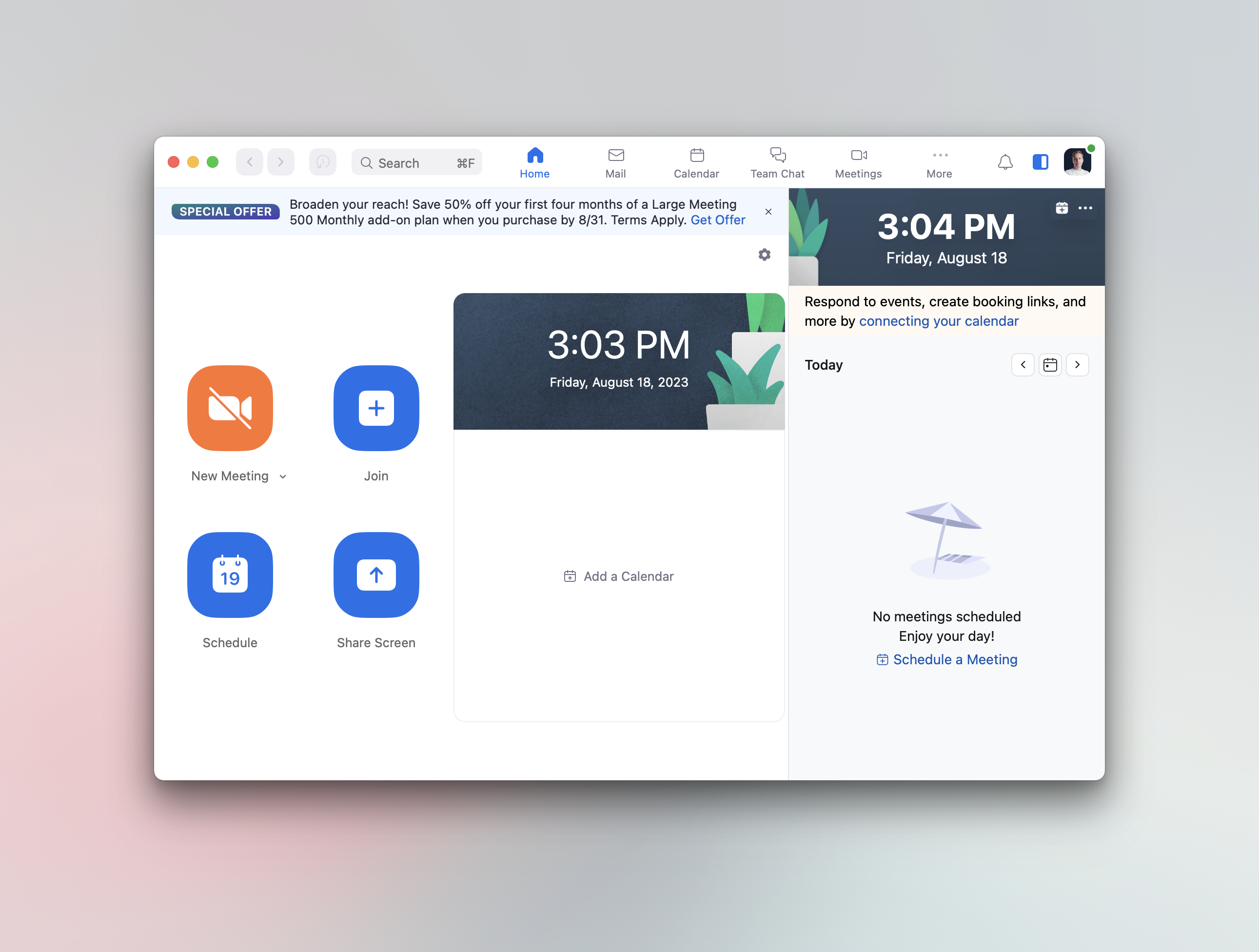
Zoom is going down the road of Dropbox. A company that once packaged known tech in a nice way and grew on it only to realize their product has become a commodity and every tech giant has a better-integrated version. So Dropbox decided to build features that would help justify companies paying for it and, in the process, ruined the experience for regular people (I pay for OneDrive now).
Right now, Zoom is very far from that old idea of an app that lets you simply join calls in one click. And despite all Google’s fumbles in messaging, Meet is just that. I know people have problems with Microsoft Teams, but I visited meetings that used Teams and it was fine. Again, no need to install anything, just open the link in your browser and click “Join”.
We also haven’t seen too much innovation in the space. Personally, I don’t like video calls too much (especially because I like to pace when I think). The only innovation we’ve seen is switching from big rectangles to smaller circles, which might be quite nice since it removes a little bit of anxiety and you don’t feel glued to the camera as much. SpatialChat is a good example, they’ve also tried putting everyone on a virtual plane so you can move between discussions as if you were in a room.
It seems to be quite difficult to build a successful startup in this space. I’ve seen Whereby that since shifted into offering whitelabel calls to other products. And there’s Around, which was acquired by Miro, and focuses on remote and hybrid teams that have to collaborate a lot while also supporting conventional calls.
But don’t tell me Zoom is the best, please.

